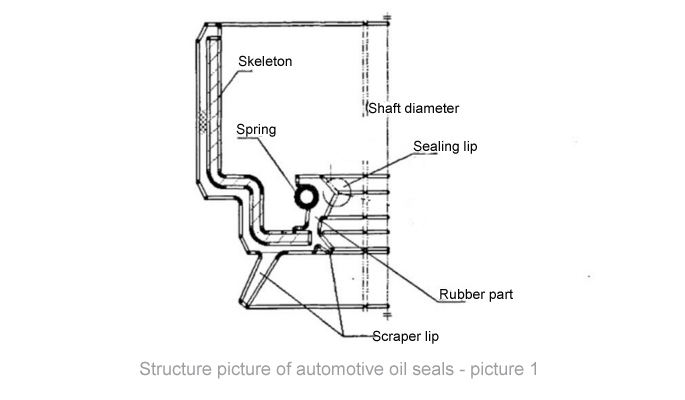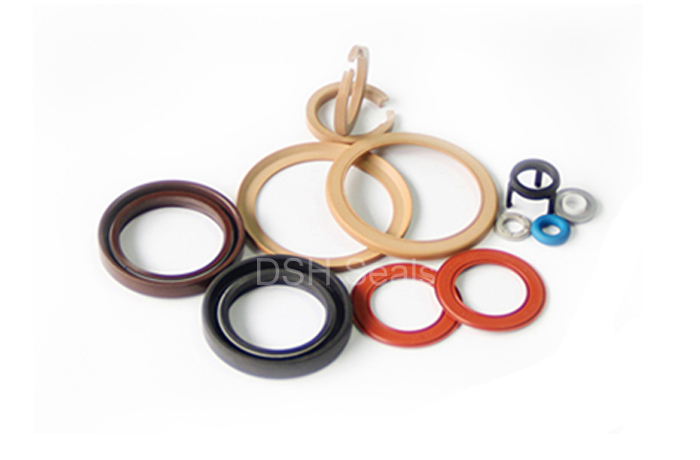Product Series
News
What is automotive oil seals?
Update:2018-07-06
With the development of the times, the progress of science and technology.With the development of the times, the progress of science and technology.
Science and technology has brought great convenience and convenience to people's lives. Automotive have become an indispensable "living goods" in modern people's lives, and less related auto parts industry are also developed.
Because of many brands and models of automotive, taking the oil seals for automotive as an example, the shape of the oil seals will vary with the model and brand of the car, but they are similar.
If the user does not understand the performance or preservation of the oil seal, improper installation, it can easily cause oil seal leakage. Automotive oil seals generally consist of the following parts (structure diagram of automotive oil seal - Figure 1).

Rubber: the main body of oil seal, the use of high elasticity of sealing materials, so as to play a sealing effect;
Metal skeleton: because it is a rigid body, it increases the structural stiffness of oil seal and can play a static sealing role in the specified situation and environment.
Spring: provide radial force to oil seal to ensure sealing (Common 2 type of spring structure diagram-Fig. 2).

The role of the various parts of the rubber elastomer in the automotive oil seal:
1. The rubber sealing lip of the automotive oil seal: it is a flexible elastomer, designed to maintain a stable sealing effect under the influence of mechanical vibration and pressure fluctuation of the sealing fluid, and to maintain the role of the stable contact between the lip and the shaft surface.
2. The rubber dust lip of the automotive oil seal: it is a secondary lip that is not connected to the spring, and in order to prevent that dust etc. invade
3. Rubber joint part of automotive oil seal: the part of the oil seal fixed in the cavity, which functions as a fixed oil seal in the cavity and prevents leakage of fluid from the outer peripheral surface of the oil seal and the contact surface of the cavity.


